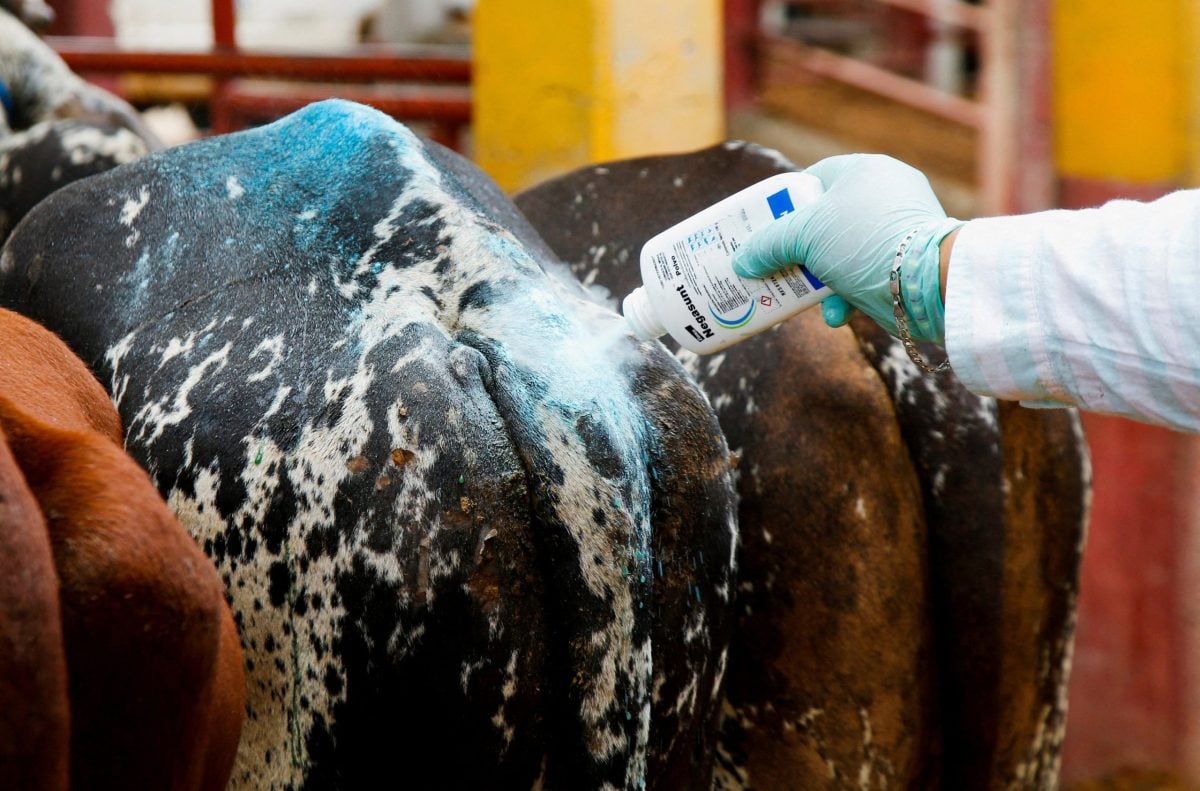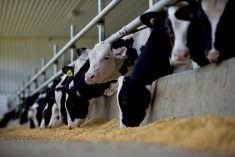Commerce City, Colo. | Reuters –– A long-simmering debate in the U.S. West over an imperiled ground-dwelling bird reached a climax on Tuesday when the Obama administration announced it was denying Endangered Species Act protection to the greater sage grouse.
U.S. Interior Secretary Sally Jewell touted the decision as a success enabled by a sweeping multi-state conservation strategy devised over the past five years for the grouse and its shrinking habitat, spanning tens of millions of acres.
“This is the largest, most complex land conservation effort in the history of the United States,” Jewell told a news conference, joined by four western governors and a host of top federal land managers, at a wildlife refuge in Colorado.
Read Also

Mexico agriculture secretary says still no date for restarting cattle exports to U.S.
Mexican Agriculture Minister Julio Berdegue said on Wednesday that Mexico and the United States have not yet set a date to resume Mexican cattle exports amid an outbreak of the flesh-eating screwworm parasite.
The plight of the grouse, a key indicator species for the vanishing sagebrush ecosystem of the American prairie, has pitted conservation groups against oil and gas drilling, wind farms and cattle grazing in one of the biggest industry-versus-nature controversies in decades.
Tuesday’s announcement marked a turnabout from a 2010 finding by the U.S. Fish and Wildlife Service, an Interior Department agency, that endangered species protection for the grouse was warranted but that other species were a higher priority.
Conservation plans since implemented by federal and state wildlife officials and commercial interests now offer an alternative for saving the grouse while allowing activities such as energy development, mining and ranching to co-exist with the chicken-sized prairie fowl, Jewell said.
The greater sage grouse, known for the elaborate courtship dances performed by males in spring, once ranged by the millions across a broad expanse of the western U.S. and Canada.
They are now believed to number between 200,000 and 500,000 birds in 11 western states and southern Alberta. Wyoming accounts for about 40 per cent of them.
Despite long-term declines, sage grouse populations “remain relatively abundant and well-distributed” across the bird’s 173 million-acre range, Fish and Wildlife officials said, adding that conservation efforts already in place had staved off any immediate risk of extinction.
In addition to conservation programs for state and private lands representing 45 per cent of sage grouse habitat, a patchwork of 98 U.S. land use plans also were revised to protect the bird on federal property that accounts for most of the rest.
The effort includes designation of 12 million acres of “high-priority” protection zones where energy development, seen as posing the greatest habitat threat, is restricted, Jewell said.
Officials also pointed to newly adopted plans for curtailing two key environmental threats — rangeland wildfires and the spread of an invasive weed known as cheatgrass.
The announcement was immediately hailed by the Denver-based industry group Western Energy Alliance but received mixed reviews from environmental groups.
The head of the National Audubon Society’s Rocky Mountain chapter, Brian Rutledge, joined Jewell to endorse the decision.
But Erik Molvar, a wildlife biologist for WildEarth Guardians, said the plans offered too little protection with too many loopholes, though he said his group would review the details before deciding whether to bring a court challenge.
Unlike many such battles of the past, commercial interests this time have embraced conservation efforts aimed at avoiding potentially tougher restrictions under the Endangered Species Act.
Many ranchers, in particular, found common cause with efforts to protect Western rangelands on which their livestock depend, often citing the rallying phrase, “What’s good for the bird is good for the herd.”
— Keith Coffman is a Reuters reporter based in Denver. Additional reporting for Reuters by Laura Zuckerman in Salmon, Idaho; writing and additional reporting by Steve Gorman in Los Angeles.












